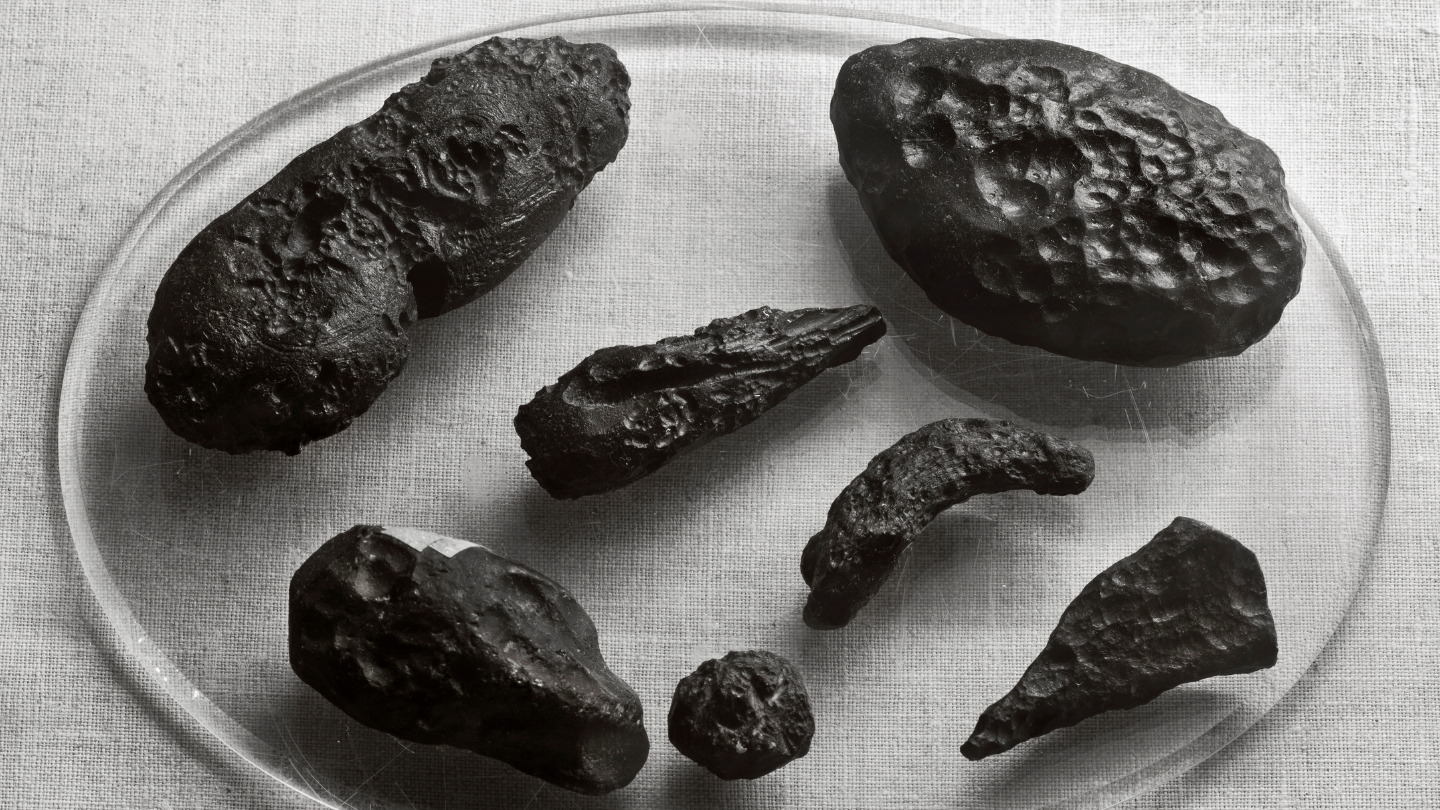Microtektites found in Caribbean may shed light on tektite origin — Science News, August 11, 1973
Some believe that the tektites come from the moon. They feel that tektites were formed when an asteroid hit the moon, splashing droplets of molten rocks so high that they escaped the moon’s gravity and fell to Earth. However, mass spectrographic analysis of lunar samples shows that elements in the lunar crust are far different from tektites. The tektites are more like the elements in the continental crust of the Earth itself. [Planetary scientist Billy P. Glass] feels that if the parent material of [newfound] microtektites can be determined … the discovery of the origin of the glassy objects might quickly follow suit.
Glass surmised that these geologic curiosities have earthly origins, based on his and his colleagues’ analyses of the North American strewn field — a blanket of glassy particles that covers much the southeastern United States and Caribbean and dates to about 35 million years ago. But it took another 20 years for researchers to identify the source.
In 1994, tektites and concentric fault lines in southern Virginia revealed an 85-kilometer-wide impact crater under Chesapeake Bay. Science News reported that “a structure this size would rank as the largest crater in the United States” and would be among the largest on Earth (SN: 8/20/94). What’s more, when the space rock slammed into our planet, the collision created intense seismic waves that bent microfossils into odd shapes, scientists reported nearly a decade later (SN: 6/11/03).
2023-08-07 07:00:00
Link from www.sciencenews.org
